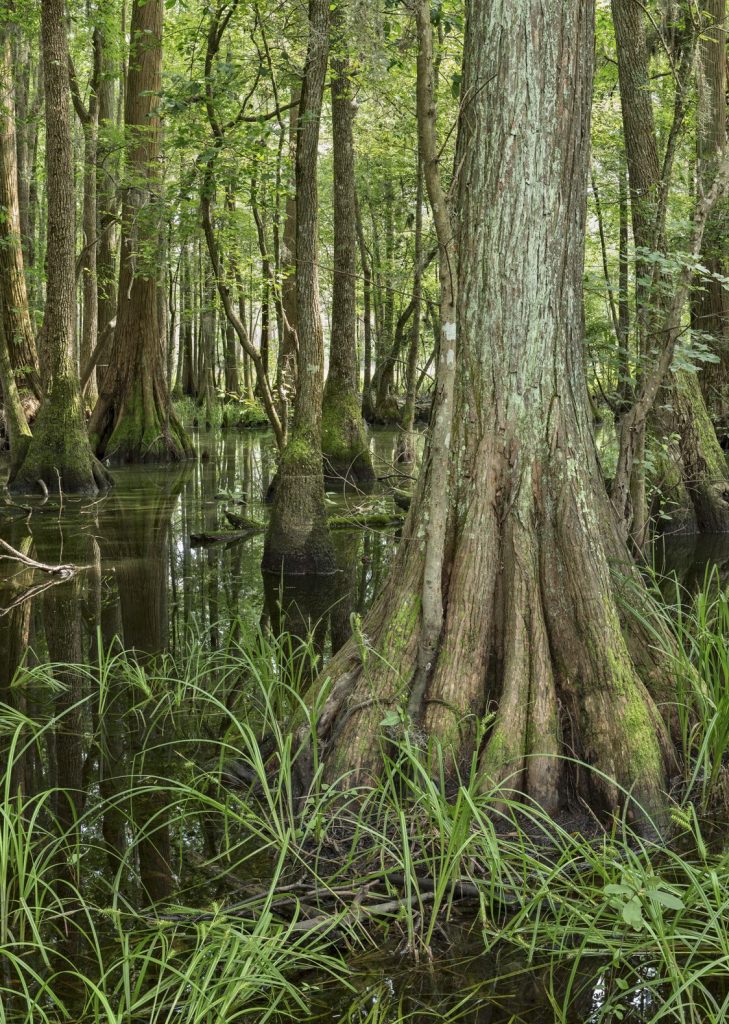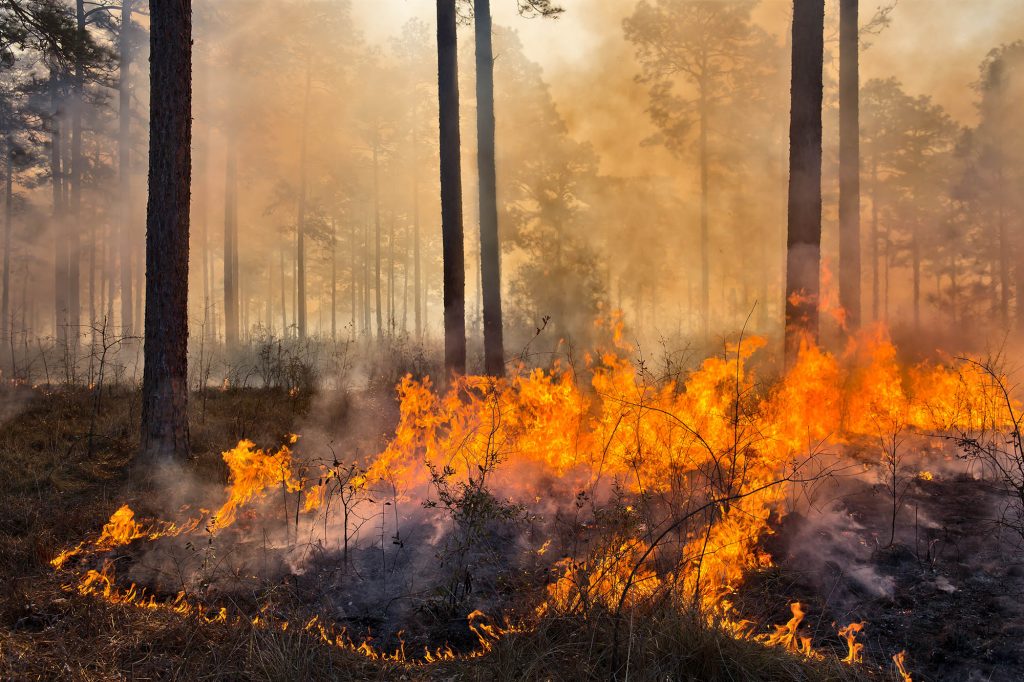Research
The Ecohydrology Lab research approach includes long-term data collection, singular field projects, and simulation modeling. Many of our long-term projects are internally funded through the Jones Center Woods and Water programs. We also seek external funding from a variety of sources for projects related to The Jones Center Mission. Current and former student project titles and descriptions can be found on the People page.
Research Areas

Effects of Fire Exclusion on Longleaf Ecosystem Water Budgets

This project focuses on quantifying changes in transpiration and interception in longleaf pine woodlands after fire suppression. The project builds on a long-term fire suppression study initiated in 2001 which pairs fire-exclusion plots with biennially-burned reference plots. Our primary data products are sap-flux measurements using thermal dissipation probes and a variety of methods to measure interception across canopy layers. Our first results from this work were recently published in a comprehensive analysis here. Data from the project was also published openly here.
Water Budgets of Isolated Wetlands
This long-term project helps us understand the daily movement of water in and out of geographically isolated wetlands (GIWs). We paired rain gauges and water-level recorders in 18 GIWs to understand how rainfall inputs contribute to wetland inundation and how hydrology is affected by evapotranspiration, connectivity to adjacent wetlands, and/or connections to groundwater. These data serve as important platform for diverse projects aimed at understanding the importance of GIWs. In 2020, funding from USDA helped us expand the project to off-site wetlands in adjacent agriculture fields. We are also leveraging these data in collaborative projects with Auburn University, University of Alabama-Huntsville, NRCS, and NASA.

Water Budgets and Adaptive Forest Management

This study builds on a research platform established in collaboration with the Adaptive Silviculture for Climate Change (ASCC) project. Our focus is on silvicultural treatments applied to the longleaf pine ecosystem, including selective thinning and facilitated migration of drought-tolerant tree species. We are quantifying the effects of these treatments on forest water budgets using sap-flux and throughfall measurements. We are also comparing component-based water budget estimates to a method of estimating transpiration using soil water balance.
Watershed Modeling
Our main focus here is to simulate the effects of land management on streamflow using the Soil and Water Assessment Tool (SWAT). Two recently completed projects focused on the effects of agricultural water conservation and restoration of longleaf pine. Much of our work to date has focused on the Ichawaynochaway Creek, a major tributary of the Flint River, but we are currently expanding these concepts to include larger, and more geographically diverse river basins throughout the southeastern U.S. We are also working to quantify the economic costs of managing forests for increased water yield in collaboration with the landscape ecology lab and University of Georgia.

